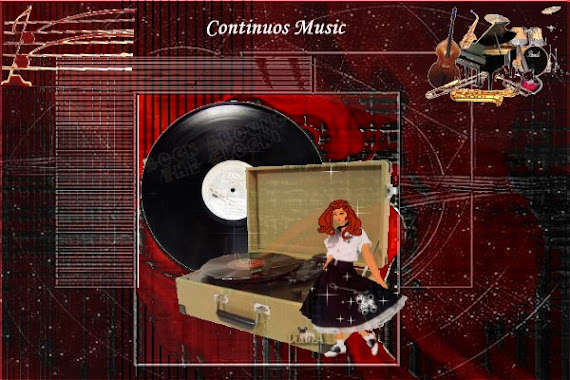..........Well it is still my favorite..........
Corned Beef & Cabbage - The Feeding of A Myth
What's the national dish of Ireland? Corned Beef and Cabbage, you say? Since March has undoubtedly become "Irish Awareness Month", we thought it would be fun to explore the truth behind yet another Irish myth.
So, what meat did the Irish eat? History tells us that pork was always the favorite. In ancient times, cattle were prized as a common medium for barter. The size of one’s herd was an indication of status, wealth and power -- hence all the stories of tribal chieftains and petty kings endlessly rustling one another’s cattle.Long after the cattle raids were a distant memory, the majority of Irish people still didn’t eat very much beef because it was much too expensive and those who could afford it, consumed it fresh.
Corned Beef again surfaces in writings from the late 1600's as a specialty, a costly delicacy - expensive because of the salt - and made to be eaten at Easter, and sometimes at Hallowe'en. Surprising to this writer, was learning what the term "corn" really means. The name comes from Anglo-Saxon times when meat was dry-cured in coarse "corns" of salt. Pellets of salt, some the size of kernels of corn, were rubbed into the beef to keep it from spoiling and to preserve it. Today, brining -- the use of salt water -- has replaced the dry salt cure, but the name "corned beef" is still used, rather than "brined" or "pickled" beef.
But back to the myth: It was in the late 19th century that it began to take root. When the Irish emigrated to America and Canada, where both salt and meat were cheaper, they treated beef the same way they would have treated a "bacon joint" at home in Ireland: they soaked it to draw off the excess salt, then braised or boiled it with cabbage, and served it in its own juices with only minimal spicing - may be a bay leaf or so, and some pepper.
This dish, which still turns up on some Irish tables at Easter, has become familiar to people of Irish descent as the traditional favorite to serve on Saint Patrick’s Day. Certainly, there will be many restaurants in Ireland that will be serving Corned Beef and Cabbage on March 17th , but most of them will be doing so just to please the tourists.
http://www.eirefirst.com/midimusic/ill_take_you_home_again_kathleen.mid














No comments:
Post a Comment